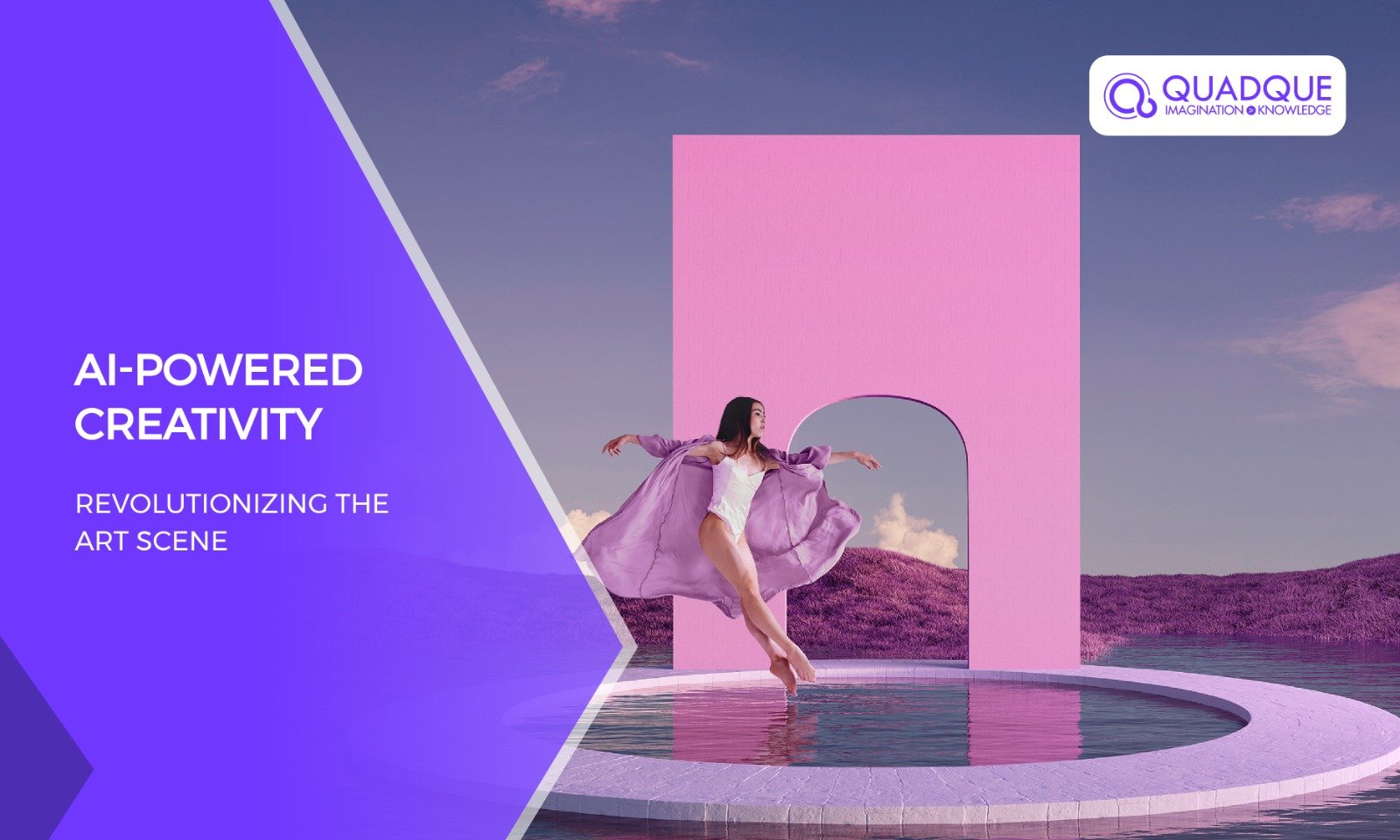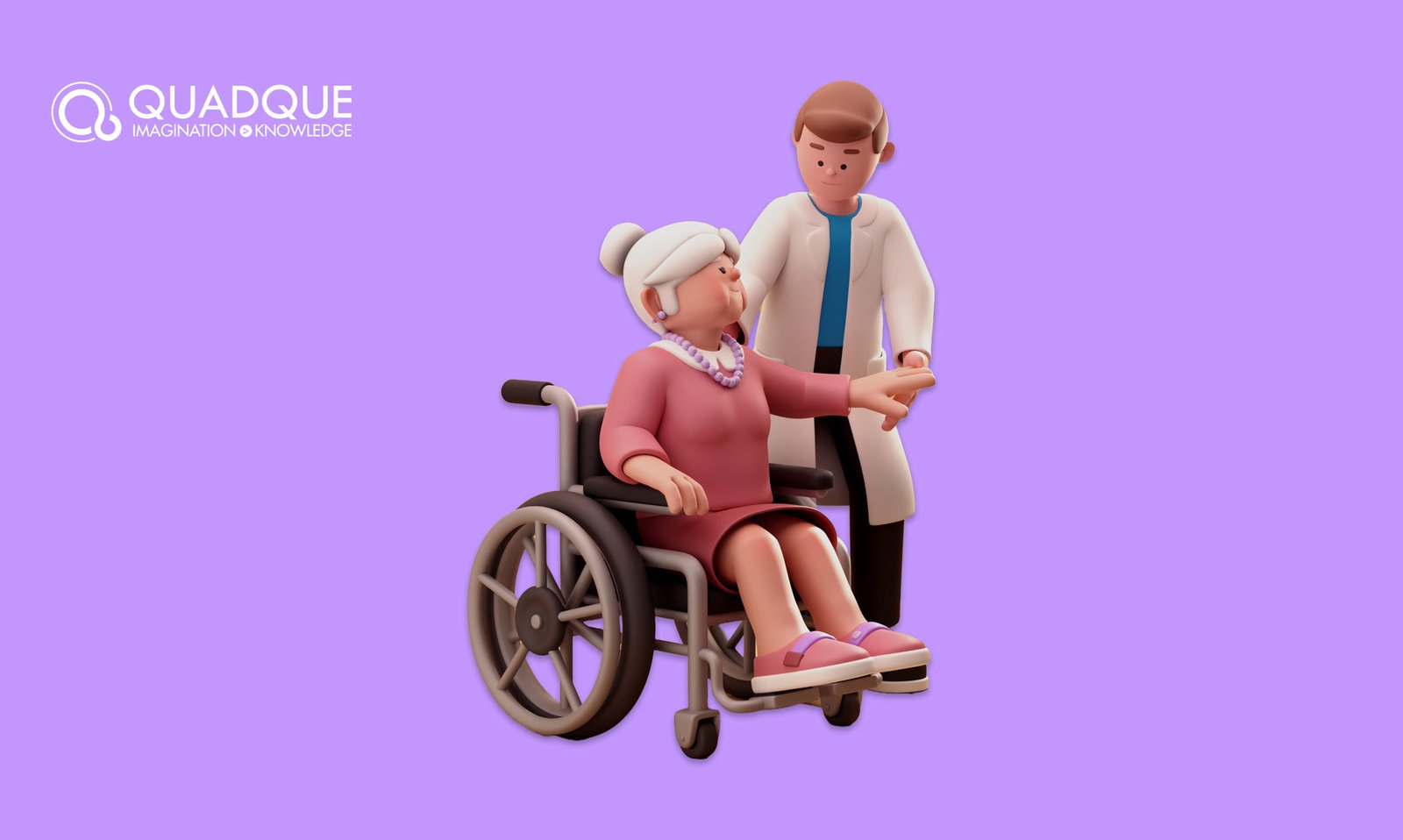
AI-Powered Creativity: Changing Art’s Landscape
The advent of artificial intelligence (AI) has brought about a seismic shift in numerous fields, and the realm of art and design is no exception. This transformation is not just a fleeting trend but a fundamental change in the way art is created, perceived, and valued. As we stand at the intersection of technology and creativity, it’s imperative to explore how AI is rewriting the rules of the art world.
Historically, art has been an exclusively human endeavor, a medium through which emotions, experiences, and perspectives are conveyed. The brush strokes of Van Gogh, the sculpting genius of Michelangelo, and the innovative architecture of Frank Lloyd Wright are testaments to the depth and breadth of human creativity. However, the introduction of AI into this domain challenges the traditional notion of art as a purely human craft. AI-powered creativity is an amalgamation of algorithmic precision and artistic intuition. AI art generators, using complex algorithms and neural networks, are now capable of producing artworks that are both aesthetically pleasing and conceptually intriguing. These tools, while often seen as mere technological novelties, are pushing the boundaries of what is considered possible in art.
The impact of AI on the art world is multifaceted. On one hand, it democratizes art creation, enabling individuals without formal artistic training to create visually stunning pieces. On the other hand, it raises fundamental questions about the nature of art and creativity. Is an AI-generated piece capable of conveying the same depth of emotion and meaning as a human-made artwork? Does the use of AI in art diminish the value of human creativity, or does it augment it? Moreover, the integration of AI into art is reshaping the roles and skills of artists. Traditional artists are finding new ways to incorporate AI into their work, creating a hybrid form of art that leverages the strengths of both humans and machines. At the same time, the art community grapples with the ethical and legal implications of AI-generated art, especially concerning issues of copyright and originality. This article aims to provide a comprehensive overview of the burgeoning field of AI-powered creativity. We will explore the historical evolution of AI in art, understand how AI art generators work, and examine the impact of this technology on artists and the wider art community. The controversies surrounding AI art, including the debate over its authenticity and originality, will also be discussed, along with the disadvantages and potential limitations of AI in art. Finally, we will delve into the broader implications of AI on art, design, and culture, shedding light on why AI art can sometimes be viewed negatively. In navigating these topics, the article aims to offer a balanced perspective, acknowledging both the revolutionary potential of AI in art and the challenges it presents. Through real-life examples, analogies, and a descriptive yet creative writing style, this exploration into AI-powered creativity seeks to provide a comprehensive understanding of how AI is reshaping the art world for artists, enthusiasts, and skeptics alike.
Subtopics Overview
Historical Context of AI in Art
From Early Experiments to Modern Mastery
Key Milestones and Innovators
Understanding AI Art Generators
How They Work
Notable Examples and Uses
Impact of AI on Artists and the Art Community
Opportunities and Challenges
Real-Life Stories and Perspectives
The Controversy: Does AI Art Steal from Human Creativity?
Ethical and Legal Considerations
Diverse Opinions in the Art World
Disadvantages and Limitations of AI in Art
Technical and Creative Boundaries
Impact on Artistic Value and Perception
AI’s Role in Art, Design, and Culture
Enhancing Creativity and Accessibility
Changing Trends and Cultural Impact
The Debate: Why Some View AI Art Negatively
Authenticity and Originality Concerns
The Future of Human vs. AI Artistry
1. Historical Context of AI in Art
The journey of AI in art is not a recent phenomenon. It dates back to the mid-20th century when computer technology was in its infancy. Early AI artists like Harold Cohen and his creation, AARON, a computer program capable of producing original artworks, set the stage for today’s AI-powered creativity. These pioneers paved the way for a fusion of technology and art, challenging conventional notions of creativity.
2. Understanding AI Art Generators
AI art generators operate using algorithms and neural networks. These tools, like DeepDream and GANs (Generative Adversarial Networks), transform data inputs into stunning visuals, often surpassing human imagination. For instance, DeepArt, an AI tool, recreates images in the style of famous painters, blending traditional art with digital innovation.
3. Impact of AI on Artists and the Art Community
AI opens new horizons for artists, offering tools for experimentation and new forms of expression. However, it also presents challenges, such as skill redundancy and competition. Stories from artists like Refik Anadol, who uses AI to create data-driven art installations, exemplify the transformative power of AI in art.
4. The Controversy: Does AI Art Steal from Human Creativity?
The rise of AI in art has sparked debates over the originality and ethics of AI-generated art. Questions about copyright and the uniqueness of AI creations compared to human-made art are at the forefront of these discussions, reflecting a divided opinion within the art community.
5. Disadvantages and Limitations of AI in Art
While AI offers new avenues in art, it’s not without drawbacks. Issues like the lack of emotional depth, over-reliance on data, and the potential to diminish human artistic value are critical concerns. These limitations highlight the need for a balanced approach to integrating AI in art.
6. AI’s Role in Art, Design, and Culture
AI’s influence extends beyond creating art; it’s reshaping design processes and cultural expressions. AI tools assist designers in creating more innovative products and enable cultural institutions like museums to offer immersive, interactive experiences, reflecting a broader cultural shift towards digital integration.
7. The Debate: Why Some View AI Art Negatively
Critics of AI art often point to the lack of authenticity and originality. They argue that AI-generated art lacks the personal touch and story that human-created art inherently possesses. This debate centers on what constitutes art and the role of the artist in the age of AI.
Conclusion
AI’s role in art and design is both groundbreaking and contentious. It offers unprecedented opportunities for creativity and innovation but also poses significant challenges and ethical dilemmas. As we navigate this new landscape, the conversation around AI and art continues to evolve, reflecting our ongoing quest to understand the relationship between human creativity and technological advancement.
Recent Posts
- Sustainable Graphic Design for 2024 and Beyond
- Profit Power: Maximizing Revenue Growth with CRM Software
- Medical and Elderly Care in the UK: Strategies for Sustainable Growth
- Securing Educational Excellence: IT Support for the Digital Era
- Tech Transformation: The Untold Story of Bangladesh’s Innovation Hub
Recent Comments
Latest Post
Categories
- AI
- Biometric
- Blockchain
- Cloud Computing
- CRM
- custom software
- Cybersecurity
- Data Analysis
- Datacenter Management
- Designer
- Digital Marketing
- Education
- health care
- Informative
- ISP Management
- IT Procurement
- IT Recruitment
- IT Support
- Mobile App
- Network Management
- Robotics Landscape
- SAP ERP
- SEO
- Structured Cabling
- Tech Australia
- Tech bangladesh
- Technology
- tourism
- Uncategorized
- Web Development


